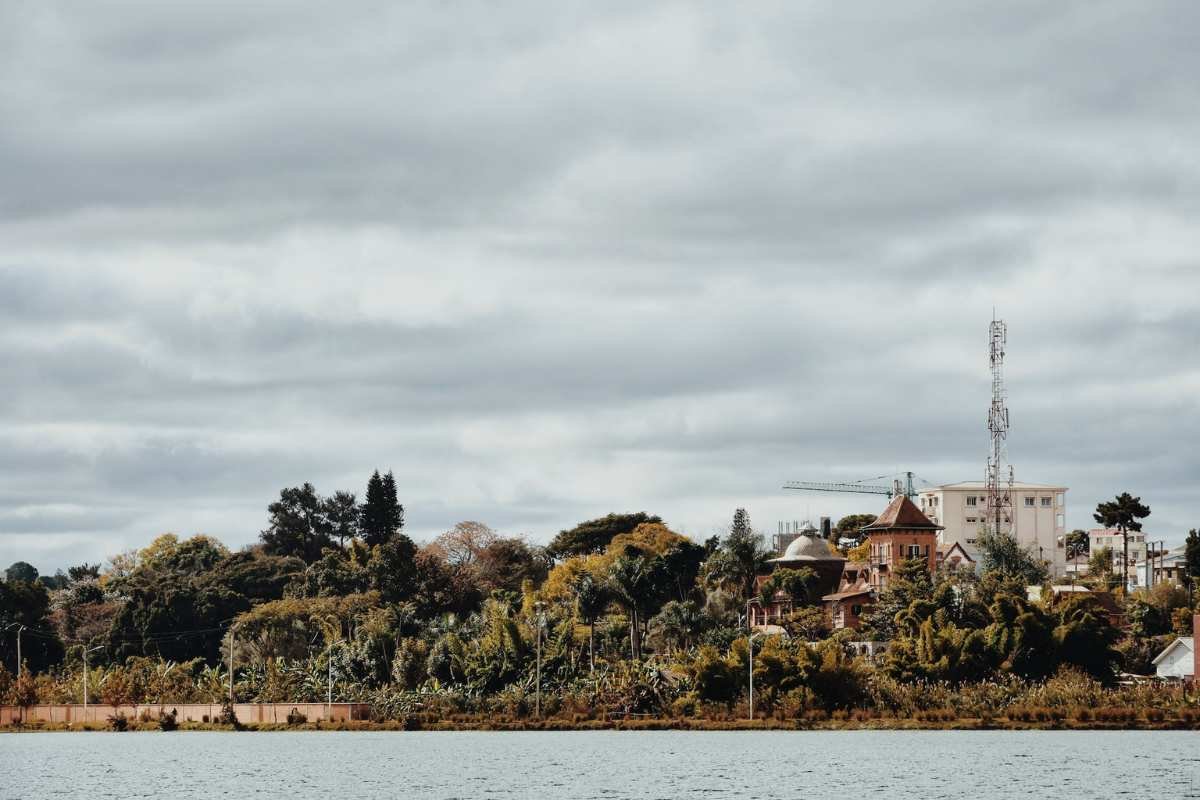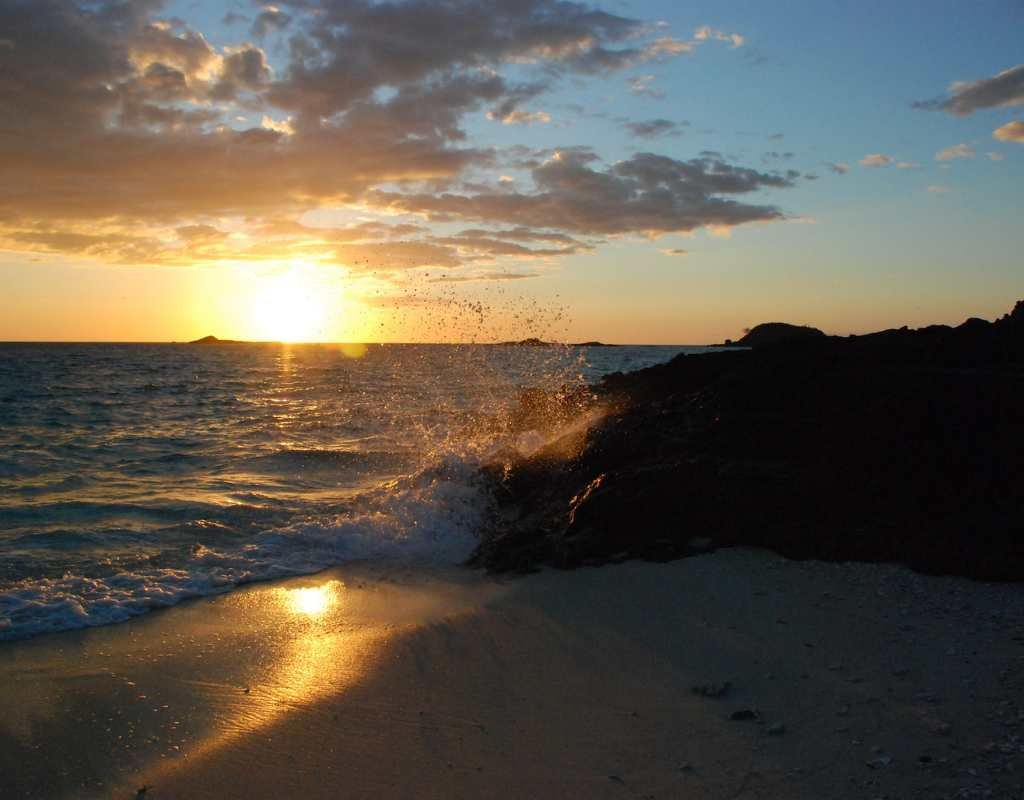Madagascar is one of the most exotic places you could imagine living in. This tropical island is a paradise for most and a beckon for all nature lovers and adventure seekers.
Madagascar is one of the biggest islands in the Indian Ocean, with breathtaking views of nature, gorgeous white sand beaches, and mouthwatering local food. It’s famous for its extraordinary wildlife and biodiversity and is home to Lemurs, which can only be found in Madagascar. This wild island is definitely the place to add to your Africa bucket list.
Madagascar is a place with hidden gems waiting to be discovered. There are things you should know if you’re visiting the area, but if you plan on living there, you need to know if Madagascar is safe and a good place to live.
Table of Contents
ToggleBest Places to Live in Madagascar for…
- Expats: Antananarivo
- English Speakers: Antananarivo
- Digital Nomads: Taolagnaro
- Solo Travelers: Antsiranana
- Couples: Tsarabanjina
- Groups: Ile Saint Marie
Top 10 Places to Live in Madagascar
1. Antananarivo
Best Place to Live for Expats
 Cost of Living: $$Antananarivo is the largest city and the capital of Madagascar, with a population of 3 million people. As the hub of Madagascar’s rich culture, the city has many museums, historical sites, and vibrant markets. The people in Antananarivo are known for being courteous and non-confrontational, and the cost of living for expats is relatively lower than in most Western countries.Tip: Try the typical dishes eaten by locals like lasopy, akoho, or fish in coconut sauce.Who Would Like to Live There: Expats, English SpeakersPros:
Cost of Living: $$Antananarivo is the largest city and the capital of Madagascar, with a population of 3 million people. As the hub of Madagascar’s rich culture, the city has many museums, historical sites, and vibrant markets. The people in Antananarivo are known for being courteous and non-confrontational, and the cost of living for expats is relatively lower than in most Western countries.Tip: Try the typical dishes eaten by locals like lasopy, akoho, or fish in coconut sauce.Who Would Like to Live There: Expats, English SpeakersPros:
- If you’re a foodie, you can expect a diversity in cuisine.
- The city has many businesses, NGOs, and international organizations.
- Antananarivo has reputable schools and universities with French and English-speaking schools.
Cons:
- There may be a language barrier, as the primary language spoken in the city is Malagasy.
- You should be vigilant about some security concerns, like petty theft.
- Antananarivo has a problem with traffic congestion and infrastructure.
2. Taolagnaro
Best Place to Live for Digital Nomads


- The city has an influence of mixed cultures, including Malagasy, French, and other ethnic groups.
- Taolognaro offers a more laid-back lifestyle environment compared to larger cities.
- The city has pleasant weather all year round because of its tropical environment.
Cons:
- There are options for leisure and shopping.
- There are health facilities that some digital nomads may need help finding up to standard.
- Finding employment prospects for digital nomads might be challenging, so stick to remote work.
3. Antsiranana
Best Place to Live for Solo Travelers


- Antsiranana has a variety of outdoor activities, such as hiking or bird watching.
- Solo travelers can connect easily with locals and experience the genuine friendliness of the community.
- The city is very diverse in terms of culture and people.
Cons:
- Transportation may be costly, and certain goods and services may be limited.
- It can be very hot and humid, which some may find challenging.
- Women who travel alone will probably have men approach them without permission. However, a firm no should be sufficient.
4. Tsarabanjina
Best Place to Live for Couples


- It’s an excellent spot for couples to unwind, refresh, and share special moments.
- There is abundant marine life around the island.
- The island is private, with upscale resorts.
Cons:
- Living on a private island can be costly, especially in post-resorts.
- The island is secluded and isolated, and because of that, goods and services from the mainland are not easily accessible.
- Employment options are restricted to the hospitality and tourism sectors.
5. Ile Sainte-Marie
Best Place to Live for Groups


- Residents usually know each other.
- There is marine life, making it an excellent location for water sports.
- The island is packed with history dating back to the 17th and 18th centuries when the island was a safe refuge for pirates.
Cons:
- Getting to and from the island will require taking a boat or small plane, which can be inconvenient and weather-dependent.
- Economic stability is influenced by fluctuations in tourism numbers.
- The island’s infrastructure is very basic.
6. Mahajanga
Best Place to Live for Cultural Enthusiasts


- The town benefits economically from its ports and also offers opportunities for commerce, fishing, and tourism.
- There’s tons of variety here regarding local festivals, customs, and food.
- Mahajanga has beautiful beaches, such as Grand Pavois and Katsepy.
Cons:
- The work market is less broad and diverse.
- Road conditions may be an issue.
- French is frequently used in formal and business situations, so if you don’t speak or understand it, there may be a language barrier.
7. Ambalavao
Best Place to Live for Traditional Architecture Enthusiasts


- If you’d love to experience the local culture, in Ambalavao, there is a strong sense of the Malagasy culture.
- You’ll find various handcrafted items, including fabrics made from native plants.
- There is beautiful scenery and a pleasant climate.
Cons:
- Ambalavao is not urbanized, so you may have restricted access to some facilities and services.
- Job prospects may be more restricted, so consider looking into remote work.
- The infrastructure is less modern and less developed than in Madagascar’s larger cities.
8. Antsirabe
Best Place to Live for Families


- Annsirabe has a variety of educational institutions, such as schools and universities.
- The city is known for its skilled artisans who make crafts and textiles.
- The city is surrounded by lush green landscapes, and the hot springs only add to its natural beauty.
Cons:
- Antsirabe faces infrastructure challenges, including occasional power outages and limited access to specific amenities.
- There are limited job opportunities.
- If you don’t speak French or Malagasy, there may be a communication hurdle.
9. Fianarantsoa
Best Place to Live for Nature Lovers


- The city is home to many universities, colleges, and research organizations.
- Many churches, mosques, and temples coexist.
- Hiking paths, wildlife reserves, and national parks are nearby in Fianarantsoa.
Cons:
- Work prospects may be more restricted.
- Like many areas in Madagascar, this small city faces challenges with its infrastructure.
- There are health facilities. However, the city has limited specialized healthcare.
10. Toamasina
Best Place to Live for Expats


- Toamasina is the center of commerce and business opportunities.
- The city has a diverse mix of cultures.
- Outdoor enthusiasts can enjoy exploring nature.
Cons:
- Toamasina has infrastructure issues like most parts of Madagascar.
- The cost of living is higher compared to other regions in Madagascar.
- The availability of cutting-edge medical treatments may be limited.
